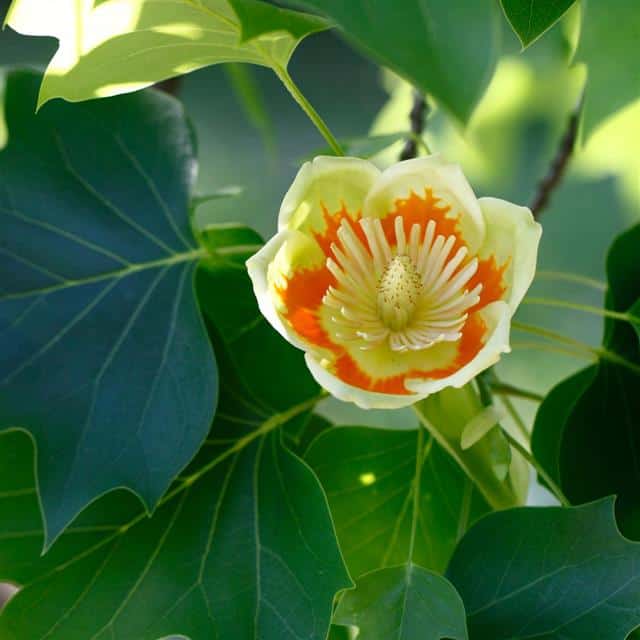 Plant nectar is a very important part of our bee’s daily life and the colony. Most plants have a certain time each day when the plant releases nectar from Spring time to the warm days of Summer. The nectar flow can be just a few minutes up to a few hours.
Plant nectar is a very important part of our bee’s daily life and the colony. Most plants have a certain time each day when the plant releases nectar from Spring time to the warm days of Summer. The nectar flow can be just a few minutes up to a few hours.
High nectar flow, from a plant that releases nectar for a few hours each day, will be a key source of nectar collection for your bees. Some trees have a 2 or 3 week nectar flow with a rich nectar flow that allows your bees to collect a lot of nectar from the same source. It is not uncommon to see two supers filled within a 3 week period.
Foraging bees can detect short nectar flows and long heavy nectar flows and that is communicated to other bees within the hive. That is why you will see multiple routes the bees fly when leaving the hive. Those routes change a few times every hour.
The nectar flows will be different in each climatic zone. So, ask your local beekeeper association when and what blossom produces the most nectar and then be prepared! Remember, if you do not keep up with adding supers to your bee hive you could experience honey bound hive and the queen will have no where to lay her eggs and the colony will swarm or the colony will crash.
Can nectar be impacted by rainy days? Simply put, the rain can wash away the nectar in the plant blossom. Honey production can be deeply impacted when there are days and weeks of rain. Tupelo and Sourwood harvest have seen several years of no honey production due to lengthy periods of rain during the short nectar flow of these nectar sources.
The best type of nectar flow is warm sunny days and some rains in the evening.

